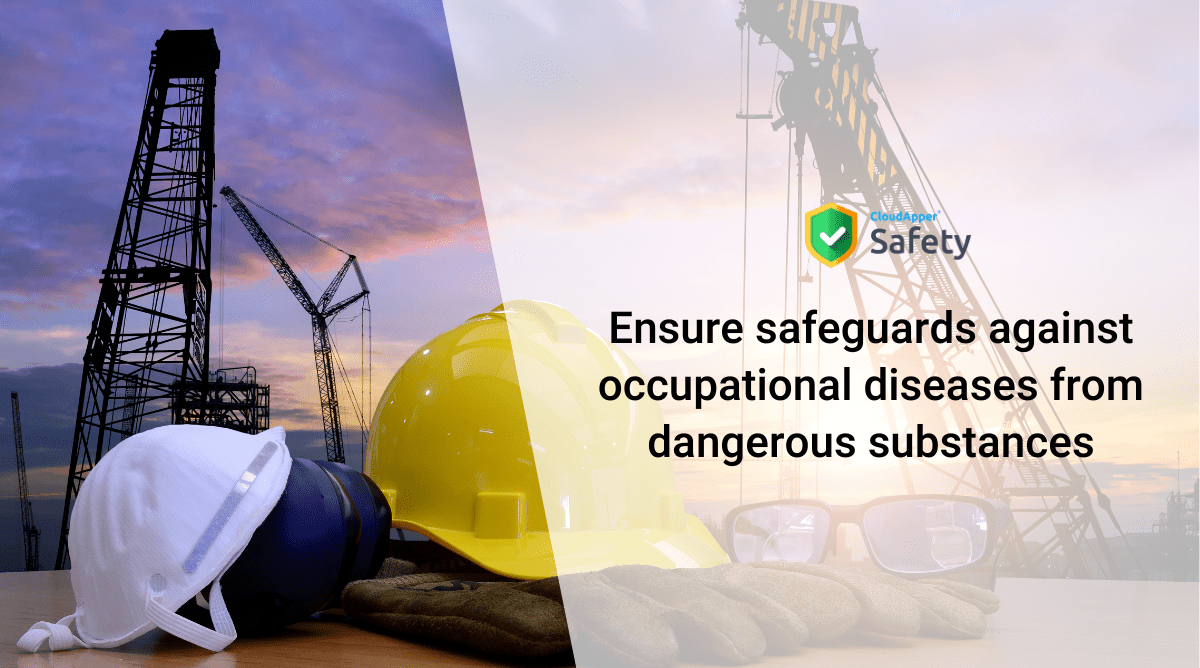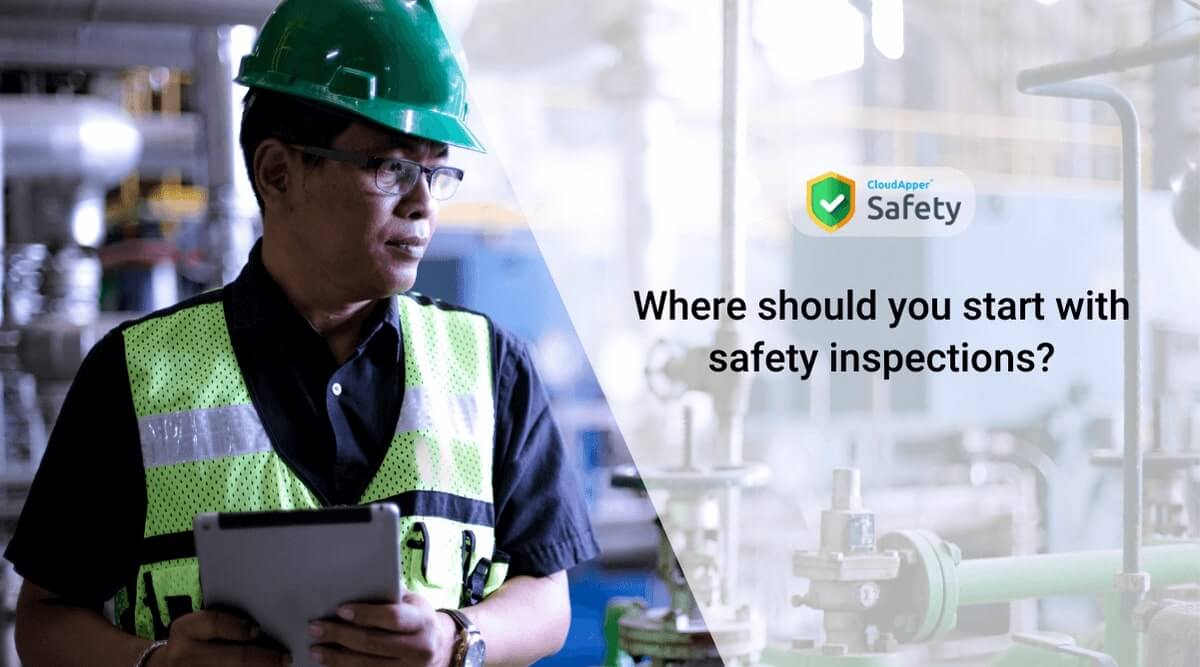Different sectors face different types of risks while ensuring employee health and safety. For example, working in construction raises the risk of slips, trips, and falls, whereas office workers are more likely to suffer ergonomic-related injuries.
The Occupational Safety and Health Administration (OSHA) puts laws in place to reduce accidents and diseases. Stricter rules, heavier fines for violations, and better guidance all help enhance working conditions.
These laws, however, are focused on extreme situations in which chemicals cause severe sickness. The hidden risk lies in things that appear safe at first glance.
Unknown workplace dangers
Heavy industrial machinery is infamous for being dangerous. However, hazardous drug exposure is frequently underestimated.
Some substances, including asbestos, have been linked to cancer. As a result, they must be handled and labeled differently. After years of ignorance about the lethal repercussions of asbestos, the EU has officially banned it.
Furthermore, the risks of asbestos were understood for a decade before rules finally forbade its usage.
It becomes more challenging, however, for less obviously harmful chemicals.
Flour, for example, can cause a runny nose, sneezing, and coughing, while fine dust exposure over long periods can cause asthma and other respiratory disorders. Despite the first impressions, there are risks to working in a bakery.
Although paint, ink, glue, detergent, and beauty items may appear harmless, they all pose health dangers.
Excessive handling of wet substances, such as flowers, fruit, vegetables, and bulbs, can also cause dermatitis and fungus infections.
Exposure to fume-laden air by welders, quarry workers, or woodworkers causes lung illness. Chemical burns can result from wet cement. Long-term pesticide exposure raises the likelihood of developing leukemia… The list goes on.
A company’s responsibility
Employees are frequently unaware of the health concerns posed by a chemical, making their protection difficult. An employer’s primary focus should always be employee health and safety.
Managers should support their employees by creating a sustainable, healthy work environment. This includes ongoing training and detailed knowledge about hazardous compounds.
Workplace safety practices differ. However, some fundamental recommendations apply to all: use caution while handling cleaning chemicals and ventilate confined places containing toxic agents. Furthermore, properly disposing of toxins prevents future incidents.
When working with hazardous substances, a detailed chemical safety exposure strategy is required. It is critical to measure the concentration of chemicals in the air. In the United Kingdom, the COSHH (Control of Substances Hazardous to Health) Act aids in the development of exposure strategies.
On the other hand, relying on official guidelines and dangerous chemical classifications is insufficient. Guidelines are not always comprehensive and sometimes only address the most harmful chemicals.
How to take action
The focus is employee health and safety. The chemical business wants as many items as possible on the market. Those who are immediately exposed to hazardous substances must take the lead in protecting their health.
Thus, do not accept company recommendations blindly. Investigate working conditions and find out whether the employee health and safety is ensured by the organization. Remember, it is more vital to be happy than to finish a job swiftly.
What is CloudApper AI Platform?
CloudApper AI is an advanced platform that enables organizations to integrate AI into their existing enterprise systems effortlessly, without the need for technical expertise, costly development, or upgrading the underlying infrastructure. By transforming legacy systems into AI-capable solutions, CloudApper allows companies to harness the power of Generative AI quickly and efficiently. This approach has been successfully implemented with leading systems like UKG, Workday, Oracle, Paradox, Amazon AWS Bedrock and can be applied across various industries, helping businesses enhance productivity, automate processes, and gain deeper insights without the usual complexities. With CloudApper AI, you can start experiencing the transformative benefits of AI today. Learn More


















